Fantastic Beasts: The Secrets of Dumbledore

Fantastic Beasts: The Secrets of Dumbledore (2022)
The wizarding world is in turmoil. Albus Dumbledore, now leading the fight against the dark wizard Grindelwald, recruits Newt Scamander and a team of trusted allies to stop Grindelwald’s rising power. Set in the 1930s, this magical prequel to the Harry Potter series delves into the secrets of Dumbledore’s past, his complex relationship with Grindelwald, and the powerful forces that threaten to tear the wizarding world apart.

With breathtaking magical creatures, intricate spells, and an even darker twist to the world of wizards, Fantastic Beasts: The Secrets of Dumbledore is a rollercoaster of magic, mystery, and betrayal. As the battle intensifies, the line between right and wrong becomes ever more blurred. What secrets does Dumbledore hide? And how far will our heroes go to stop the rise of evil? If you’ve ever wondered about the origins of the Wizarding World’s greatest secrets, this is the film to answer all your questions.

When I first sat down to write about this film I had no intention of doing any kind of deep dive. However, after talking with someone who is a massive Harry Potter fan, it made me want to take an extended look and the entirety of the Fantastic Beasts franchise and how exactly it fits into the rest of the Wizarding World. Complete with all the familiar magical trappings of its predecessors, The Secrets of Dumbledore is an enjoyable enough big-screen experience but ultimately came across as disjointed, unfocused, and even at nearly 2 & 1/2 hours long it felt a bit shallow.

In the wake of the second film’s revelations, Dumbledore and Newt assemble a team to thwart the plans of the fugitive Grindelwald before he can launch his war on the Muggles. Meanwhile, Grindelwald has amassed popularity and assembled his own team with the intention of assassinating Dumbledore.
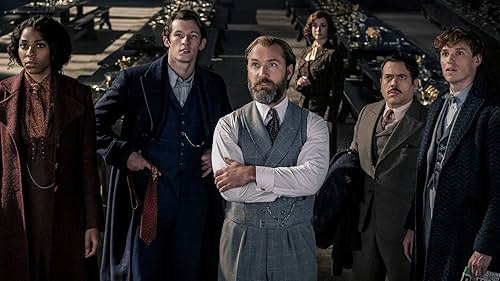
My relationship with the “Wizarding World” is mostly an observational one. I have seen the Harry Potter films but am by no means a hardcore fan and I retained very little of those films outside the key plot points. It was only Mads Mikkelsen joining the fray that got me interested in the Fantastic Beasts branch of the universe. However, that detachment allowed me the opportunity to sit down and watch the first two of those films in succession, without any preconceived notions, before jumping into the third.
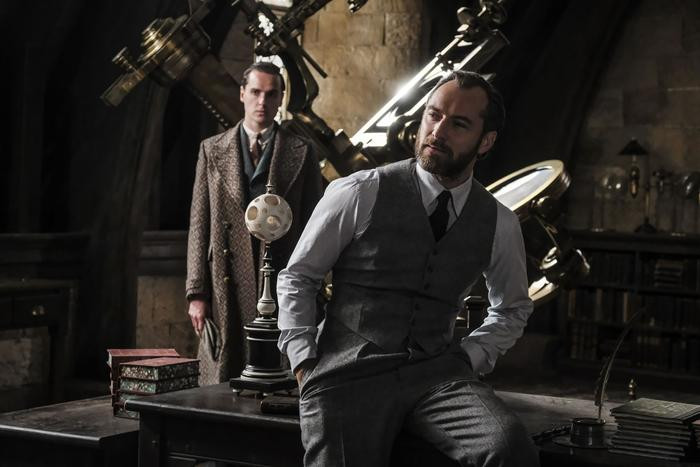
What I enjoyed most about what director David Yates and J.K. Rowling did with the first film was that they established an identity outside of what we had seen in the eight Harry Potter films to that point, still within the Wizarding World. Actually, they expanded in a broader sense of magic’s place within the larger world itself.
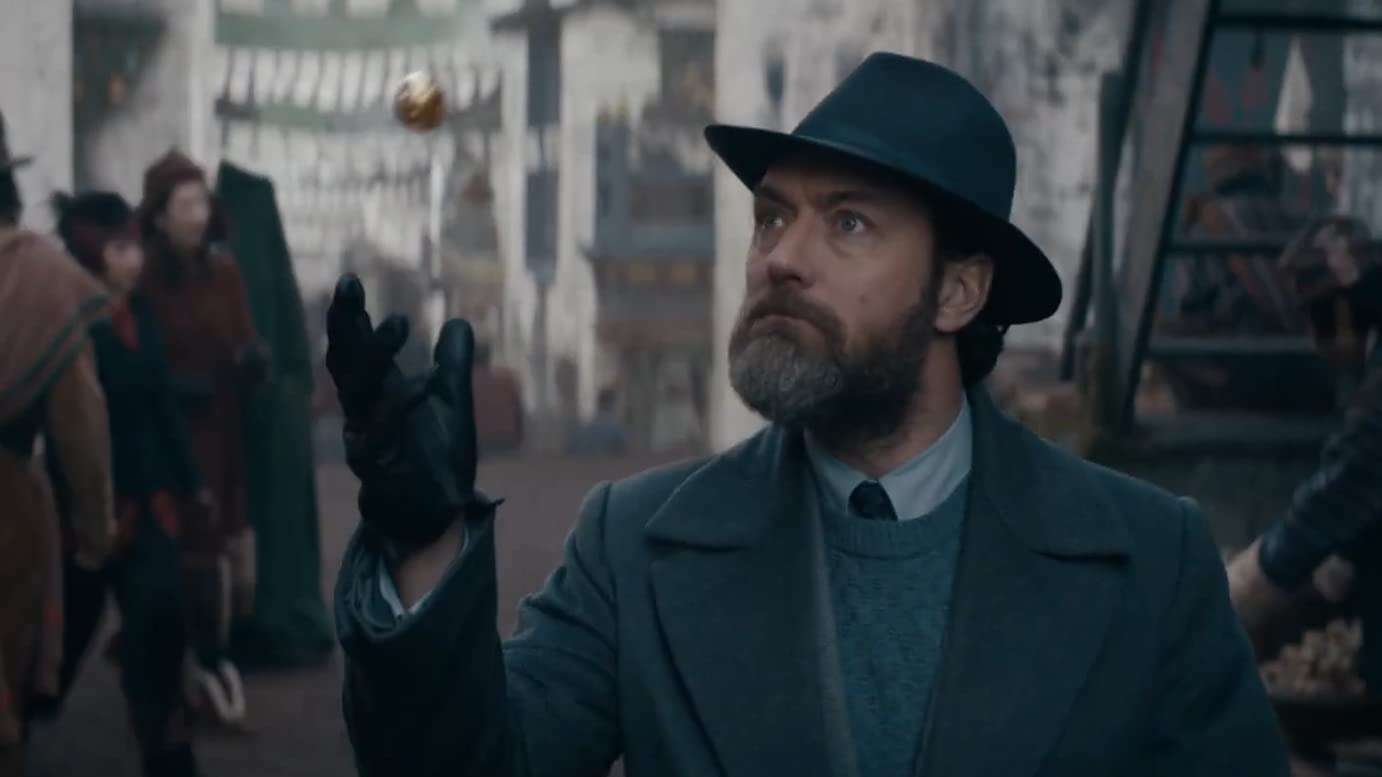
It was financially successful, grossing $814-million at the box office, but was only good enough to rank 8th of the nine films under the brand’s umbrella. It was pretty clear that the appetite for this particular fantasy world was still there in 2016 (5-years after the end of the original series and 6-years after Harry Potter World launched), but the general sentiment was that the film’s detachment from the previously established story and characters was somehow a negative.
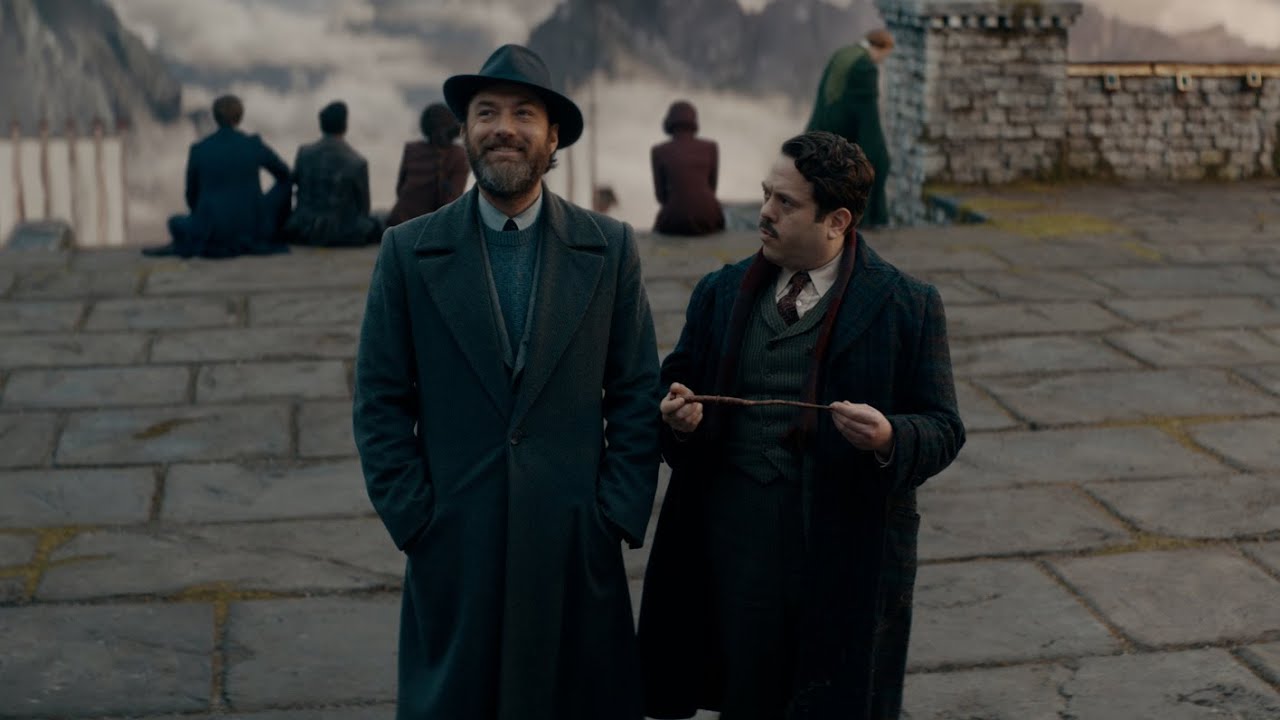
So, moving into the second film, we are introduced to a young Dumbledore, we go back to Hogwarts, we learn more about Grindelwald and his history, several more new characters are introduced, and we ultimately learn that one of the characters introduced in Fantastic Beasts is actually part of the Dumbledore bloodline.
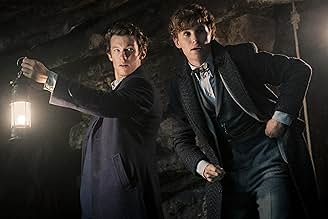
So, by the end of The Crimes of Grindelwald, the core characters from FB1 had already begun to be diluted by additional new faces and the connective tissue directly to Harry Potter was firmly established. The third film pushes that narrative angle further and adds even more new characters. Unfortunately, that unique identity I mentioned from FB1 was sacrificed in the process of trying to appease the fans. While I think that was a mistake, the sentiment is far from universal. The Secrets of Dumbledore has the best Rotten Tomatoes audience score of the three Fantastic Beasts at 84% (probably) because of its return to a more familiar place within the Wizarding World.

It’s completely understandable that fans of the original Harry Potter series would respond to this third film the most. You get more screen time from Dumbledore and Jude Law is a great fit for that role. He plays the character with grace and is the perfect antithesis to the brooding intensity of Mads Mikkelsen stepping into the role of Grindelwald. It’s a more menacing version of the character than we’d seen from Johnny Depp and Colin Farrell (kinda), distancing him from the sort of anti-hero realm that we saw in the second film. You also go back to Hogwarts on several occasions in the third film, including some glimpses of what looks like a Quidditch game, and there’s a cameo from the Golden Snitch. Of all the Fantastic Beasts films, this was was decidedly the most “Harry Potter” of the bunch.











